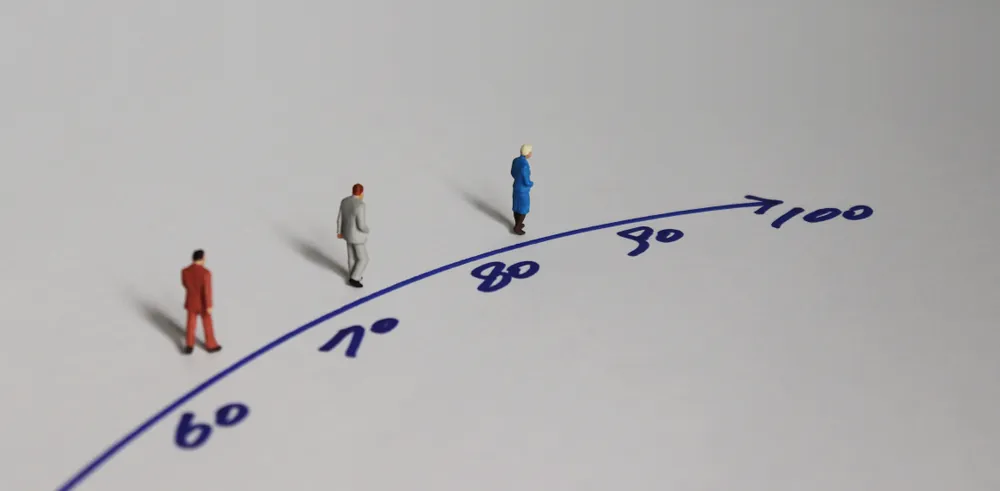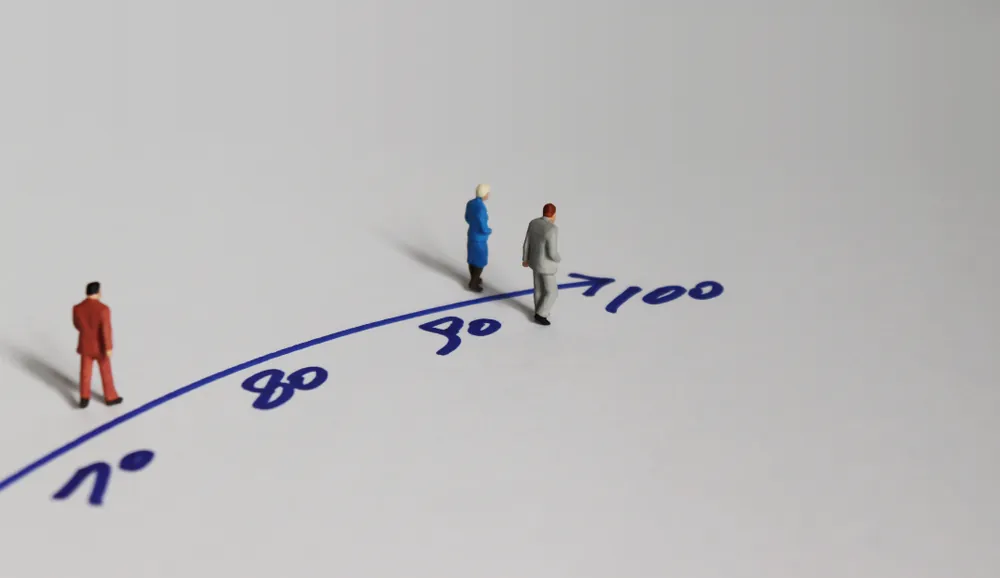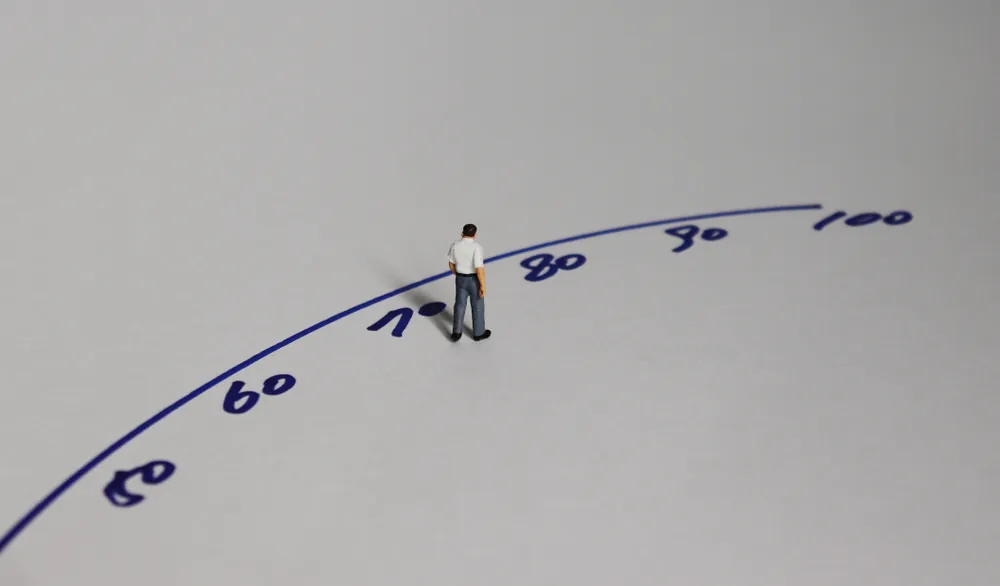What is the Average Life Expectancy Worldwide?
You are probably here because you are curious how long you might live based on where in the world you are. While how long you are statistically likely to live is at least partially based on where you are in the world, there are other factors that influence this too.
How long you might live and how healthy
Average human life expectancy can vary quite a lot and is influenced by many variables, including country, education, income, socializing, diet, lifestyle, and exercise. The environment we live in can also have a significant impact on life expectancy.
Life expectancy, how long we will live, is one question, but there is also a question of how much of that time will be spent in good health. This is known as healthy life expectancy (healthspan), the part of lifespan that is free from the diseases of aging and the loss of quality of life they bring.
We have created these interactive charts to show the averages of both lifespan and healthspan for many countries and locales around the world. There are also comparisons between life expectancy increases and healthy life expectancy increases over time compared to the world’s top three countries in this respect (Singapore, Japan, and Iceland).
How has life expectancy changed over the years?
 Life expectancy has increased considerably over the last two centuries, and the average human lifespan is now considerably higher than it was in the past.
Life expectancy has increased considerably over the last two centuries, and the average human lifespan is now considerably higher than it was in the past.
For example, between the years 1500 and 1800, the average life expectancy throughout Europe hovered between 30 and 40 years of age. While people back then could still reach their 70s and beyond, the average person would typically only reach what we consider middle age today.
This began to change dramatically with the introduction of vaccinations, sanitation, and other improvements in both living conditions and medicine. This had a huge impact on child mortality rates, and more and more children managed to survive until adulthood, again driving up the average life expectancy.
Even later, the agricultural revolution in the 1950s to 1960s saw farming move to a much larger scale, introducing automation and new techniques to improve plant growth, such as fertilizers, irrigation, and selection. This greatly improved global access to food, which, again, improved life expectancy.
According to World Health Organization (WHO), global life expectancy increased more than 6 years between the years 2000 and 2019 – going from 66.8 years in 2000 to 73.4 years in 2019. This average has not changed significantly since then.
Is life expectancy continuing to rise?
Unfortunately, the increases in life expectancy seen in previous decades have not continued. In most developed countries, the signs are that it has hit a plateau and in some cases may even be backsliding due to the impact of modern lifestyles and diet.
Perhaps most worryingly, those additional gains in lifespan aren’t always leading to more healthy years; instead, they are more years spent in a frail state or suffering from chronic age-related diseases.
According to WHO, while healthy life expectancy (HALE) increased by 8% from 58.3 in 2000 to 63.7, in 2019, this was due to declining mortality rather than a reduction of years spent with a disability or chronic condition. In other words, the increase in HALE (5.4 years) has not kept pace with the increase in life expectancy (6.6 years).
Location and lifestyle are both important factors in how long you might live. If you are curious, learn more about the leading causes of death in our “The Causes of Death Worldwide” article.
Can we continue the trend of increasing life expectancy but in good health?
 This is something that researchers at universities and other labs are exploring. There is an emerging branch of science called rejuvenation biotechnology, or geroscience, which is seeking to delay, prevent, or even reverse age-related diseases by treating reasons we age directly.
This is something that researchers at universities and other labs are exploring. There is an emerging branch of science called rejuvenation biotechnology, or geroscience, which is seeking to delay, prevent, or even reverse age-related diseases by treating reasons we age directly.
It seeks to make chronologically old and chronologically young people, at every physical level, indistinguishable from one another. Healthy longevity could also be a pleasant side effect of making an older person biologically younger, and life expectancy would almost certainly rise if this succeeds.
Imagine if scientists could find ways to keep our immune systems healthy and working even when we are older. Every day, our immune systems search for invading viruses, bacteria, and dangerous cancer cells and keep us safe.
Unfortunately, as we age, our immune systems begin to fail and become increasingly poor at doing their jobs. This is why cancer rates and risks for many other diseases, as well as frailty, rises significantly around age 60 and beyond. Even infectious diseases such as flu, which most young people can easily shake off, can become life-threatening to an older person whose immune system no longer works properly.
Rejuvenating the immune system could potentially prevent this from happening and help to keep us vital and healthy despite our age. This is just one example of how rejuvenation biotechnology might help us to address age-related diseases and achieve longer, healthier lives.
Lifespan.io is a non-profit that advocates for this approach on aging. Through problem solving and engineering, humans have increased the average human lifespan, and we believe that an engineering approach applied to the causes of aging will continue to help our species make further progress.
It is our hope that in the future, with successful breakthroughs in research, increased healthy longevity and life expectancy will be something that everyone can enjoy regardless of where they live.


